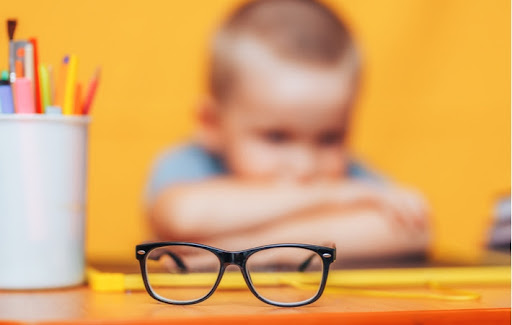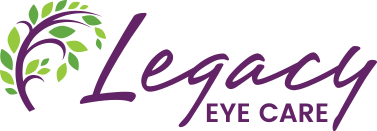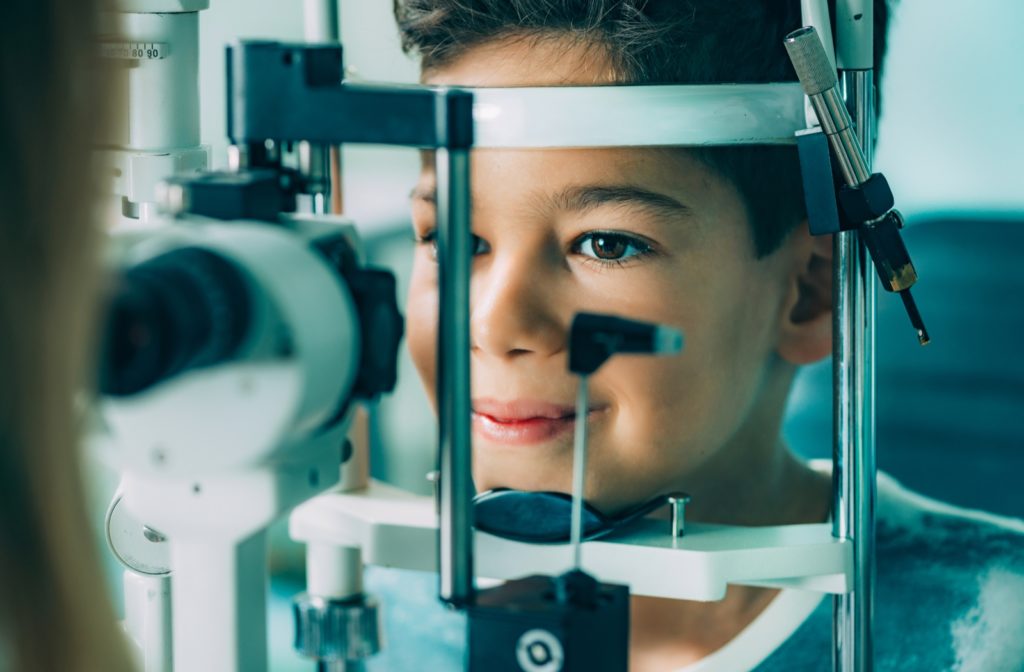Healthy Eyes At Every Stage
Children grow up fast, and their eyes grow right along with them. There are significant visual milestones to achieve at every stage to ensure their peepers stay happy and healthy.
As a parent, you may be wondering when to bring your children to an optometrist for an eye exam. Let us help you determine the best schedule for your little ones!
Your Child’s First Eye Exam
It’s such a thrill for parents to see the world again through a brand new baby’s eyes. What a wonderful opportunity to absorb all the bright colours and shapes surrounding us!
It’s vital to be diligent when it comes to your baby’s eyesight, and parents should monitor their visual centres carefully in the early stages. The Canadian Association of Optometrists (CAO) recommends that your child’s first eye exam occur between 6-9 months old.
Once your optometrist has determined your child’s eyes’ overall health, they will recommend strategies to manage any potential eye conditions and determine the frequency of their eye exams.
If your child is identified as low-risk, their recommended exam frequency will follow the recommendations of the CAO.
Routine Eye Care for Kids
Your children must reach several developmental milestones as they grow, and many of these milestones include the visual centres. It is recommended that your children see an optometrist in every stage of growth, specifically the infant, preschool, and school years.
Infants
This exam should occur when your baby is between the ages of 6 and 9 months old. The optometrist will check for any overall health concerns at your infant’s eye exam, including nearsightedness (myopia) and farsightedness (hyperopia).
They will also assess your child’s hand-eye coordination, and tracking.
Preschoolers
Our wiggly and excitable kiddos should have at least 1 eye exam between the ages of 2 and 5 years old.
Children at this age are learning the visual skills that prepare them for school, and a comprehensive eye exam ensures their eyes are developing correctly and helps your doctor search for early signs of eye disease.
Parents can help their preschoolers hone visual skills by providing stacking blocks, colouring, and drawing activities. These tasks seem simple, but this type of play can significantly improve reading and writing skills in the school years.
School-Age Children
It is recommended that school-age children have annual eye exams to help ensure success in their school years. Undiagnosed vision issues can significantly affect a young scholar’s love of learning.
Untreated vision issues in this age group may share the same symptoms as Attention Deficit Hyperactivity Disorder (ADHD). Your optometrist can perform comprehensive eye exams to help avoid misdiagnosis, reducing stress and fatigue for your child.
Healthy eyes are happy eyes, and your child’s routine eye exam will help get them started on the path to educational success.

Common Childhood Vision Problems
Below you’ll find a few of the most common childhood eye conditions. Comprehensive eye exams on a recommended schedule can help your optometrist diagnose various vision problems in the earliest stages.
Myopia
You may recognize myopia by its more popular name: nearsightedness. This eye condition causes objects in the distance to appear distorted, blurry, or out of focus.
Myopia occurs when the shape of the eye causes light to bend incorrectly, leading to images focusing in the front of your retina.
Myopia is a widespread vision problem, and studies have projected that half of the world’s population will have symptoms of myopia by 2050.
If you notice your child exhibiting any of these symptoms, book an eye exam right away:
- Persistent squinting
- Needing to sit closer to the television, movie screen, or the front of the classroom
- Seemingly unaware of distant objects
- Excessive blinking
- Frequent eye rubbing
Strabismus
Strabismus (crossed eyes) affects the alignment of children’s eyes, and it can be caused by poor muscle control.
Strabismus is a lifelong condition that develops in the early years, and it can lead to vision problems like depth perception issues or double vision.
Symptoms of strabismus can include:
- Eyes that appear misaligned
- Eyes not moving together
- Frequent blinking
- Frequent squinting
- Issues with depth perception
Amblyopia
Amblyopia is commonly known as lazy eye. This condition often develops in early childhood, and requires routine care. Untreated amblyopia can lead to permanent vision problems.
Symptoms of amblyopia can include:
- An eye wandering inward or outward
- Eyes not working together
- Frequent squinting
- Frequent closing of one eye
- Tilting head when looking at an object
A Headstart on Healthy Eyesight
Our children go through significant developmental stages as they grow, and comprehensive eye exams on a recommended schedule are imperative at every milestone.
Your optometrist will confirm that your child’s eyes are developing correctly, and search for early signs of vision problems.
At Legacy Eye Care, we love to guide our youngest patients through each stage of visual development, and look forward to watching them blossom under our care.
Reach out to us today If you have questions about your children’s eye health, or would like to book them an eye exam.
We can’t wait to see you!



